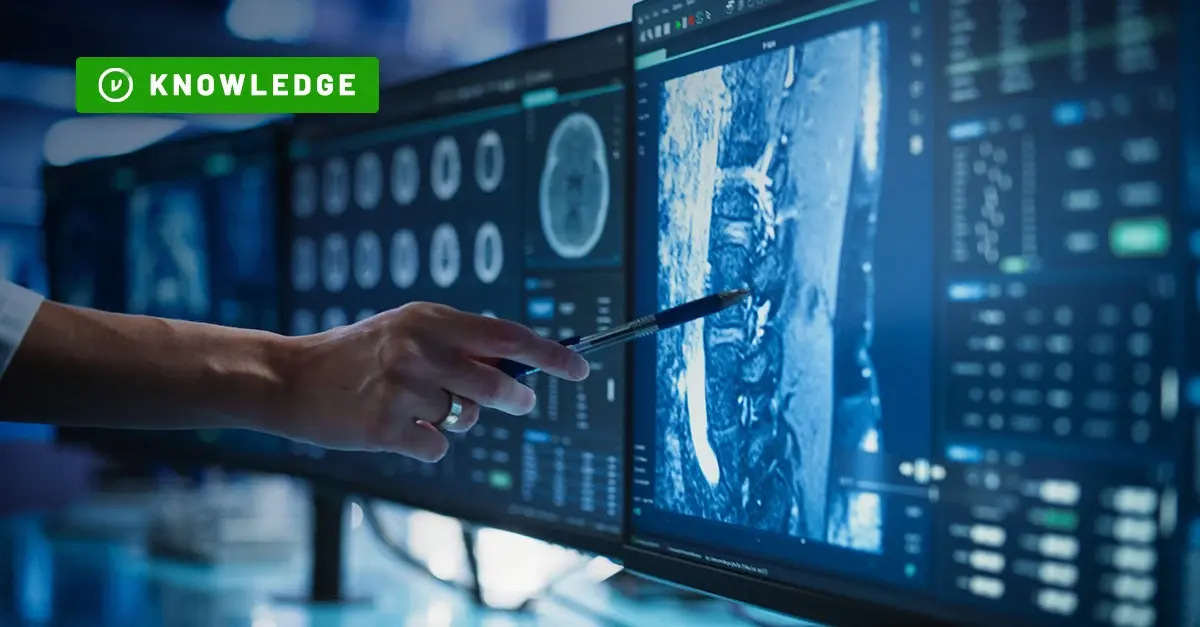Data is no longer a mere byproduct of systems, but has now emerged as the prime catalyst for competitive advantage in intelligence and decision-making. However, our nation's intelligence community has been lagging behind in harnessing the true potential of data as a strategic and operational asset.
To that, the Office of the Director of National Intelligence (ODNI) sends a message to U.S. agencies: start taking data seriously, or U.S. intelligence may suffer. In its latest “Data Strategy” released in July 2023, ODNI acknowledges its current state:
“To date, we have not significantly prioritized data as a strategic and operational IC asset. The central challenge remains that the [intelligence community] is not fielding data, analytics, and artificial intelligence (AI)-enabled capabilities at the pace and scale required to preserve our decision and intelligence advantage,” ODNI states in the document.
What follows is a strategy comprised of four focus areas: performing end-to-end data management; delivering data interoperability & analytics at speed and scale; advancing all partnerships for continued digital & data innovation; and transforming the IC workforce to be data-driven.
We extracted 6 key takeaways from ODNI’s strategy. Here’s what they are.
1. 8 Callouts of Data-Centricity
Recognizing the strategic value of data, ODNI is moving toward a data-centric approach. What does this mean for the intelligence community? In short, it means shifting the focus from merely securing the systems and infrastructure to securing the data itself across its entire lifecycle - and prioritizing it to extract learnings and make decisions.
The IC is also adopting the principle of "incorporating privacy and security protections by design." This involves embedding data protection mechanisms directly into the design of data infrastructure, systems, and practices. This strategy helps in creating an additional layer of defense that protects data even if the system-level security controls fail.
2. End-to-End Data Management
The IC is making a commitment to manage the full lifecycle of data. This involves not just the collection and processing of data, but also considerations of storage, protection, dissemination, and eventual disposal.
To facilitate this comprehensive management, the IC will establish common standards governing all aspects of data handling. This includes data usage policies, protection measures, dissemination protocols, interoperability norms, and standards for data generation, ensuring a uniform, robust, and effective data management practice across the board.
3. Data Interoperability and Analytics
A significant part of the shift to a data-centric approach involves making data interoperable and harnessing advanced analytics. Interoperability ensures that data from different sources can be easily integrated and used together, boosting efficiency and effectiveness of analysis.
Advanced analytics, powered by AI and machine learning technologies, facilitate in-depth data exploration, enabling analysts to uncover hidden patterns and make data-driven predictions. Privacy and compliance are also integral parts of this process, ensuring that data is handled responsibly and legally.
4. Strengthening Partnerships
Collaboration is key in the world of data and intelligence. The IC plans to build stronger partnerships with entities outside the government, such as private sector companies and academic institutions.
These entities can offer fresh perspectives, cutting-edge technology, and innovative ideas that can help the IC stay ahead of the curve in data management. These partnerships will be crucial in understanding the evolving data landscape and in leveraging advanced data tools and AI technologies.
5. Workforce Transformation
People are at the heart of any organizational transformation. Recognizing this, the IC is committing to transforming its workforce to be more data-savvy. The goal is to have personnel who can recognize the value of data, know how to discover and interpret it, and can share data-driven insights for actionable intelligence.
To achieve this, the IC will invest in education, training, and professional development focused on improving data acumen among its workforce.
6. Annual Action Plan
To ensure that these strategic points are effectively implemented, the IC CDO and the IC CDO Council will develop an “IC Data Strategy Annual Action Plan” beginning in 2023. This plan will identify key activities, develop performance metrics, and track results related to the data strategy. This will provide a structured framework for implementing the data strategy, offering a clear roadmap and enabling regular monitoring and evaluation of progress.
Data: The Upcoming Transformation in Federal Cybersecurity
The ODNI strategy is released nearly in tandem with the White House’s National Cybersecurity Strategy Implementation Plan, also released in July. There’s a seismic shift in federal focus on data as a key leveraged asset; the shockwaves are yet to be felt, but a transformation is on the horizon.
Want to see how easy it can be to shift focus from protecting the perimeter, to the data itself as it flows through email, SaaS, and more? Book a demo with our team.





/blog%20-%20EEOC/EEOC.webp)


/blog%20-%20marquis%20exploit/Marquise-Zero-Day.webp)
/blog%20-%20the%20data%20layer/geode.webp)

/blog%20-%20From%20Zero%20Trust%20Principles%20to%20Practice/dcs-principles.webp)

/blog%20-%20Zero%20Trust%20Primer%20-%20N5K%20series/Zero-Trust-Primer%20copy.webp)